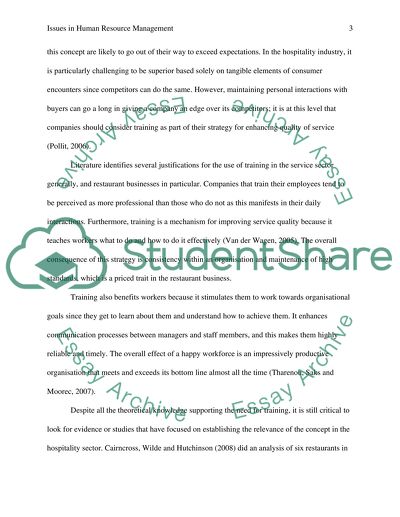Cite this document
(Issues in Human Resource Management of Costa Coffee Assignment, n.d.)
Issues in Human Resource Management of Costa Coffee Assignment. Retrieved from https://studentshare.org/human-resources/1646338-issues-in-human-resource-management
Issues in Human Resource Management of Costa Coffee Assignment. Retrieved from https://studentshare.org/human-resources/1646338-issues-in-human-resource-management
(Issues in Human Resource Management of Costa Coffee Assignment)
Issues in Human Resource Management of Costa Coffee Assignment. https://studentshare.org/human-resources/1646338-issues-in-human-resource-management.
Issues in Human Resource Management of Costa Coffee Assignment. https://studentshare.org/human-resources/1646338-issues-in-human-resource-management.
“Issues in Human Resource Management of Costa Coffee Assignment”, n.d. https://studentshare.org/human-resources/1646338-issues-in-human-resource-management.


